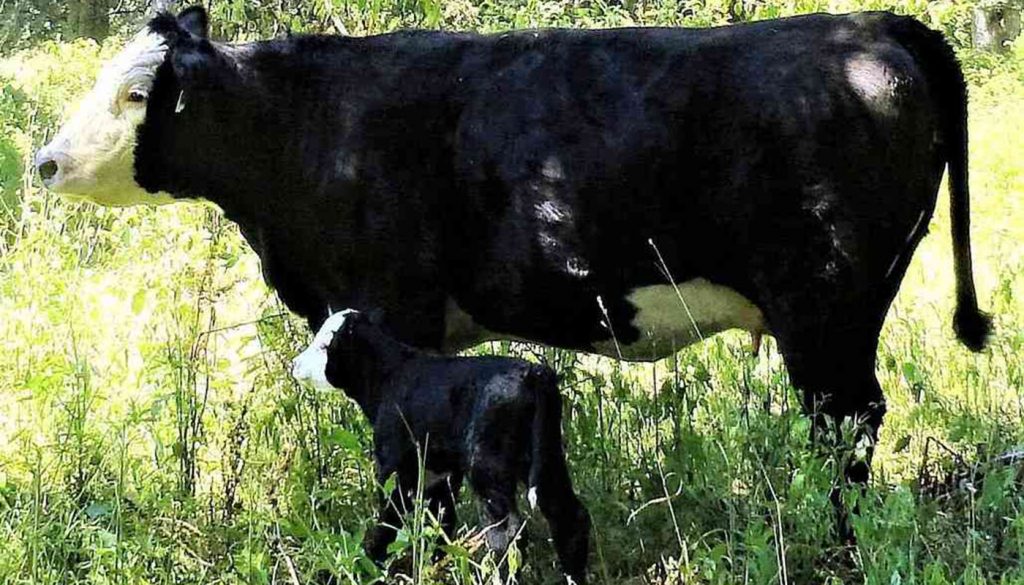
The Black Hereford cattle breed is a relatively new breed of cattle that was developed in the 1990s. It was derived from the Hereford cattle breed and shares much of the same characteristics as the Hereford Breed in size, temperament, quality of meat, etc. They also share some of the finer qualities of the other side of their lineage which is the Angus cattle breed.
They are strong highly adaptive; the calves are robust fast growers and they have an excellent quality of meat.
BLACK HEREFORD BREED OF CATTLE QUICK PROFILE OVERVIEW
|
|
|---|---|
| The Black Hereford has a full body, is hardy and adaptive with a good quality of beef. | |
| Country of Origin: | United States of America |
| Other Names: | None |
| Main Purpose: | Meat |
| You may Also Like: | 35 Best Cattle Breeds for Milk – Dairy Cattle |
| You may Also Like: | 47 Best Cattle Breeds for Meat – Beef Cattle |
| Can be used for | Breed, Meat |
| Ideal Climate: | Heat, Cold, Most Climates |
| Conservation Status: |
Not Listed by the *ALC Status/Rarity: Common |
| Health Issues? | No known health issues |
| Good Starter Cattle? | Novice to intermediate Cattle farmer/keeper level |
| Cattle Associations: | World Black Hereford Association and American Black Hereford Association |
| Cattle Clubs: | Please refer to World Black Hereford Association and American Black Hereford Association for more information on any breeders clubs, shows, etc. |
| Where to buy them? | Please refer to World Black Hereford Association and American Black Hereford Association for more information on any breeders clubs, shows, etc. There is also the J&N Ranch that may be able to help with breeders in or around the area required. |
| Child Friendly? | Livestock should not be left unattended around unsupervised children |
| General Information: | The Black Hereford has a black skin. Black skin in cattle is an asset as the cattle are less prone to sunburn and skin diseases that are caused by too much exposure to the sun such as sunburnt udders, etc. |
| Note: *ALC stands for American Livestock Conservancy | |
PHYSICAL CHARACTERISTICS |
||||||||||||||||||||||||||||||||
|---|---|---|---|---|---|---|---|---|---|---|---|---|---|---|---|---|---|---|---|---|---|---|---|---|---|---|---|---|---|---|---|---|
| The Black Hereford are usually completely black with a white belly and white face. The males usually have a slight hump between their shoulder blades and a very small dewlap. They have small white heads, long stocky blockish body, and medium-sized powerful legs. | ||||||||||||||||||||||||||||||||
| Size: | Medium to large | |||||||||||||||||||||||||||||||
|
||||||||||||||||||||||||||||||||
COW BREEDING & MILKING INFORMATION |
|
|---|---|
| Most Cattle produce milk but not all of them are used in the dairy Cattle capacity for their milk. Cows only calve once a year and should have 12 to 14-month inter-calving cycle. They are not used for their dairy production but do produce enough nutritious milk to feed their young. They have very good maternal instincts, good birthing percentages with little to no birthing problems. They produce robust, rigorous and vibrant offspring. | |
| Breeding Period/cycle: | Usually lasts 6 to 24 hours Most ave. 12 to 16 hours Cows usually come on heat every 21 days. |
| Estrous cycle: | Ave. 17 days to 24 days Heifer – usually ave. 20 days Cows – usually ave. 21 days |
| Gestation Period: | Usually, around 279 to 287 days but most gestation is 283 days. Cows that are carrying bull calf’s their gestation period is usually a little longer than cows that are carrying heifer calves. |
| No. Calves/Litter: | 1 calf at a time. Cows rarely have twins or triplets, but it can happen |
| Lactation Period: | Cows lactation period can last for up to about 10 months (305) days. |
| Milking From: | 1 to 6 weeks after Calving |
| Drying off Period: | The cow should have a 12 to 14-month inter-calving cycle. Drying off period for around 60 days before she can calve again. |
| Milk Quality: | Good |
| Milk Ideal for: | Calves |
| You may Also Like: | 35 Best Cattle Breeds for Milk – Dairy Cattle |
CATTLE MEAT PRODUCTION INFORMATION |
||||||||
|---|---|---|---|---|---|---|---|---|
| With the Angus breed as part of the Lineage the Black Hereford cattle breed offer a very good quality of meat. With a good carcass yield and meat to bone ratio. The marbling is good making for tender succulent cuts with not much waste. There is a trend for black cattle breeds as they are said to produce a better carcass due to their ability to carry on feeding through extreme temperatures. | ||||||||
| Meat Production? | N/A | |||||||
|
||||||||
| You may Also Like: | 47 Best Cattle Breeds for Meat – Beef Cattle | |||||||
CATTLE SKIN PRODUCTION INFORMATION |
||||||||
|---|---|---|---|---|---|---|---|---|
| Most meat Cattle will have a skin by-product, and these are usually used in some form or just as a hide. The Black Hereford can be used for its skin that is quite durable and makes for a good quality leather. | ||||||||
| Skin Production? | Yes, Quality: Good | |||||||
| Skin is used to Produce: | Calf/cow skin leather products such as shoes, car seats, fine leather coats, gloves, handbags, belts, furniture, rugs, etc. | |||||||
|
||||||||
HISTORY
The Black Hereford breed was developed in 1994 from the crossing of Black Angus cattle breed to that of the Ref Hereford cattle breed. The cows produced from the cross were then bred to another registered Hereford bull. The cattle were selected for their black color until the crossing produced a Black Hereford which must have 5/8 Hereford blood or higher.
The Black Herefords were created by breeders Frank Felton and John Cage. The first two Black Herefords ever born was born in 1997 on the Blue Jacket Farm which was owned by attorney John Cage who also incorporated the ABHA in 1994. These Black Herefords were ¾ blood Herefords.
In 1999 the only female and bull that had been produced were purchased by Joe Hoagland. Joe Hoagland also purchased the two Hereford Bulls that were owned by Frank Felton and used in the breeding of the first two Black Herefords.
The registry for the Black Herefords was started in Joe Hoagland’s barn in the same year he purchased these cattle.
All the pedigree and performance information of the breed was digitized by Norma Hoagland in 2000.
The Breed first received the international breed designation of “HB” as a separate breed of cattle in 2003 after several attempts. It was also in 2003 the first registered Black Hereford was sold, and the American Black Hereford Association was started.
Today there are breeders of the Black Hereford cattle throughout England, Belgium, Mexico, Canada, New Zealand, Australia and in nearly all the American States.
Video
USEFUL LINKS
- Purebred Dairy Cattle Association
- American Dairy Association
- National Association of Animal Breeders
- American Dairy Science Association
- United States Cattlemen’s Association
- National Cattlemen’s Beef Association
- American National Cattlewomen
- Beef Cattle Breed Associations
- National Cattlemen’s Beef Association
- Fur Commission USA
- North American Meat Institute
- American Livestock Conservancy
- Animal Shelter (ASPCA)
- American Veterinary Medical Association
- American Animal Welfare Society
- American Animal Control
- American Society of Animal Science
- United States Department of Agriculture
 Maine Anjou Cattle Breed – Everything You Need to Know
Maine Anjou Cattle Breed – Everything You Need to Know Beefmaster Cattle Breed – Everything You Need to Know
Beefmaster Cattle Breed – Everything You Need to Know Beefalo Cattle Breed – Everything You Need to Know
Beefalo Cattle Breed – Everything You Need to Know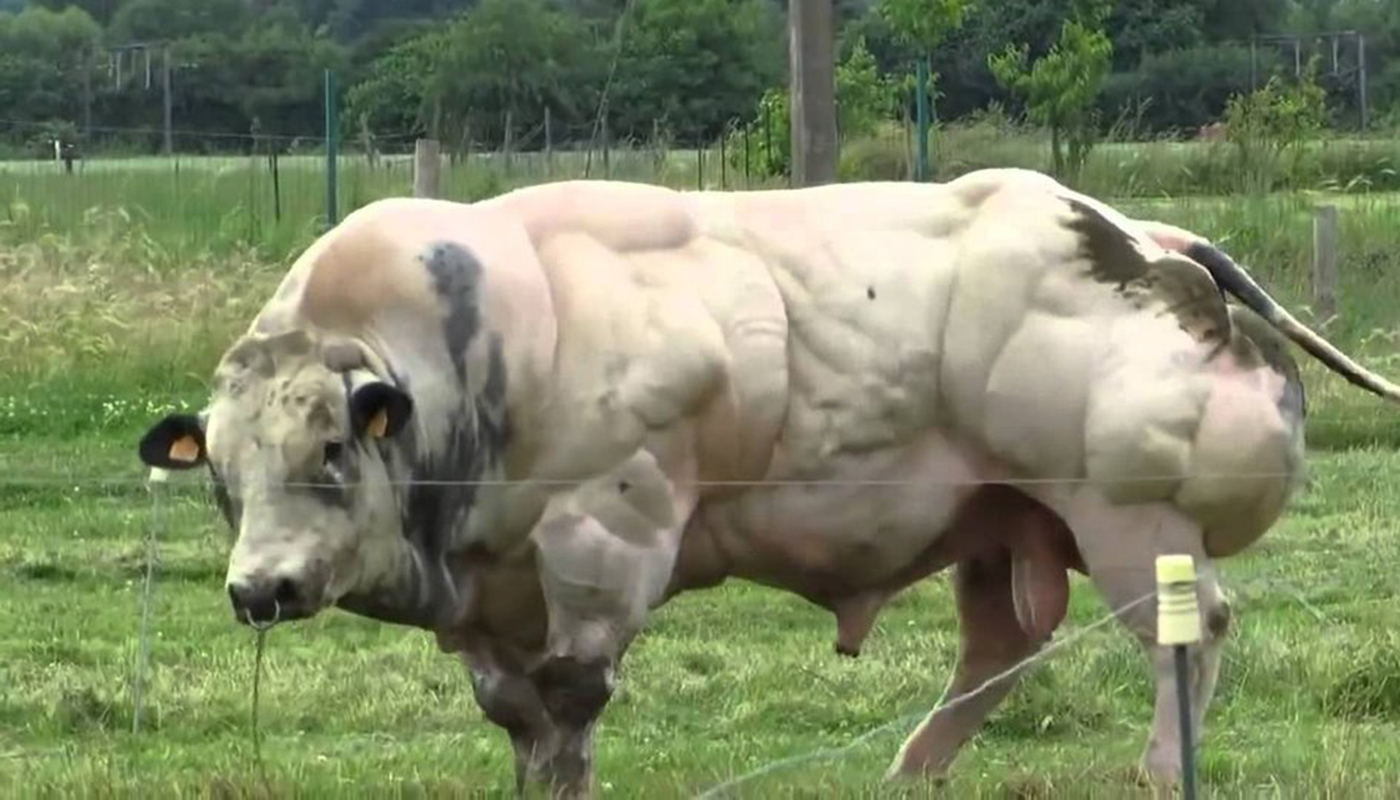 Belgian Blue Cattle Breed – Everything You Need to Know
Belgian Blue Cattle Breed – Everything You Need to Know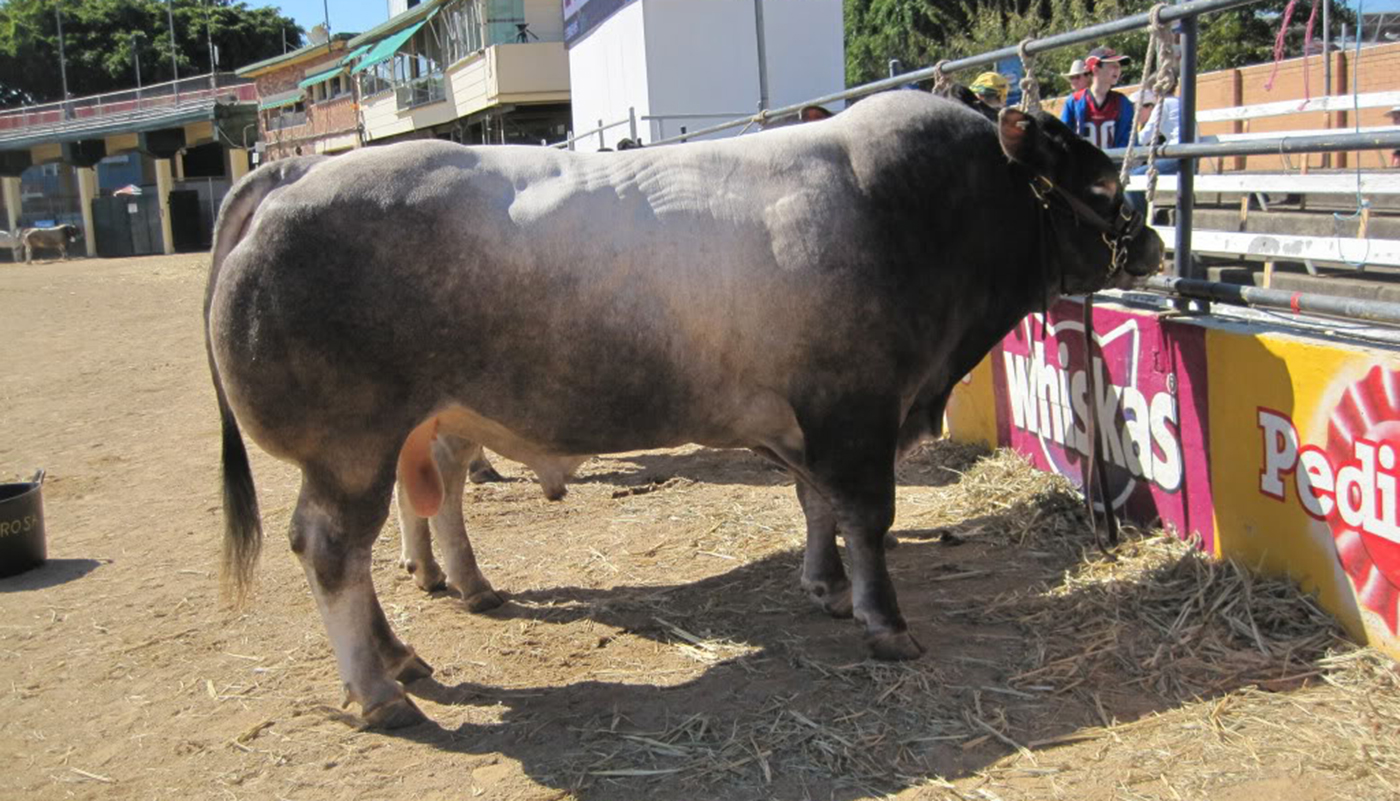 Bazadaise Cattle Breed – Everything You Need to Know
Bazadaise Cattle Breed – Everything You Need to Know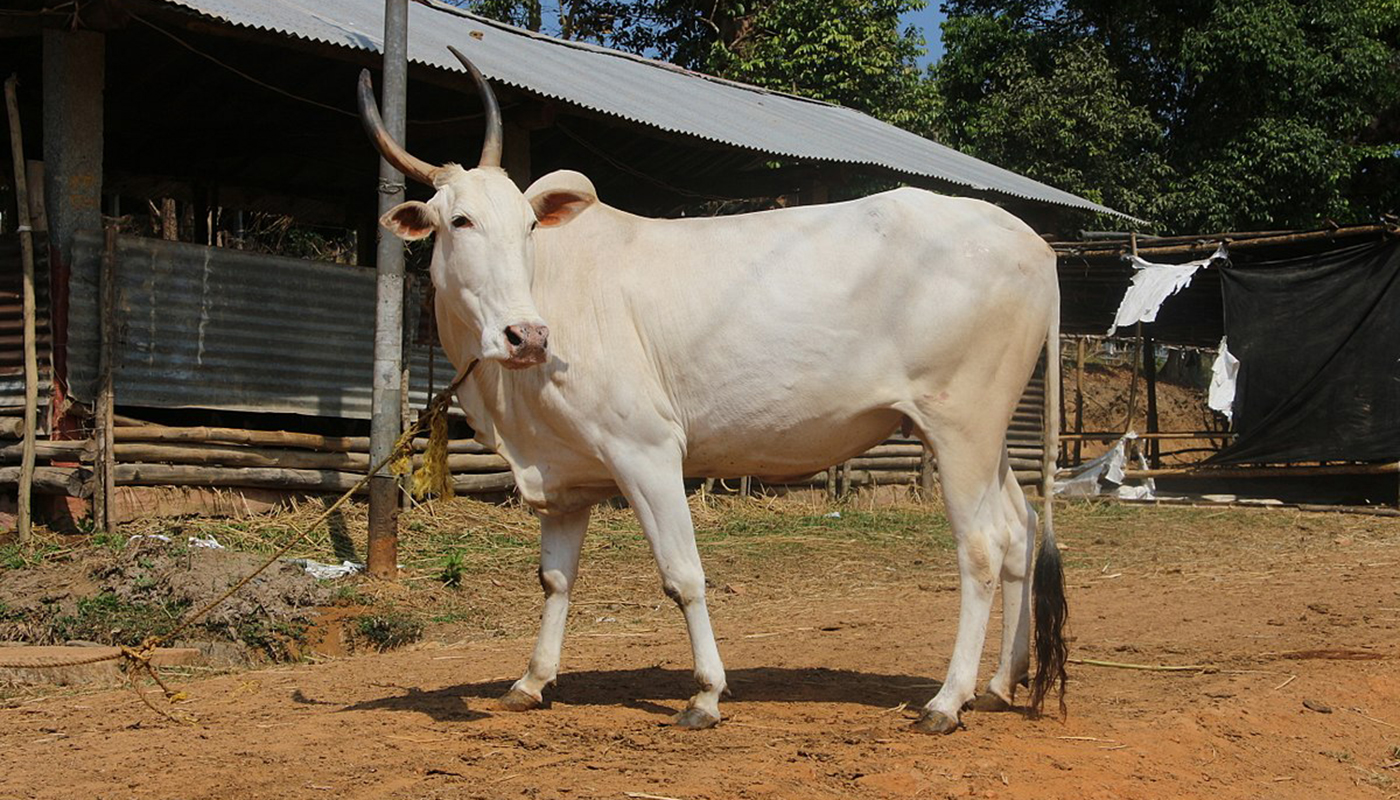 Hallikar Cattle Breed – Everything You Need to Know
Hallikar Cattle Breed – Everything You Need to Know Speckle Park Cattle Breed – Everything You Need to Know
Speckle Park Cattle Breed – Everything You Need to Know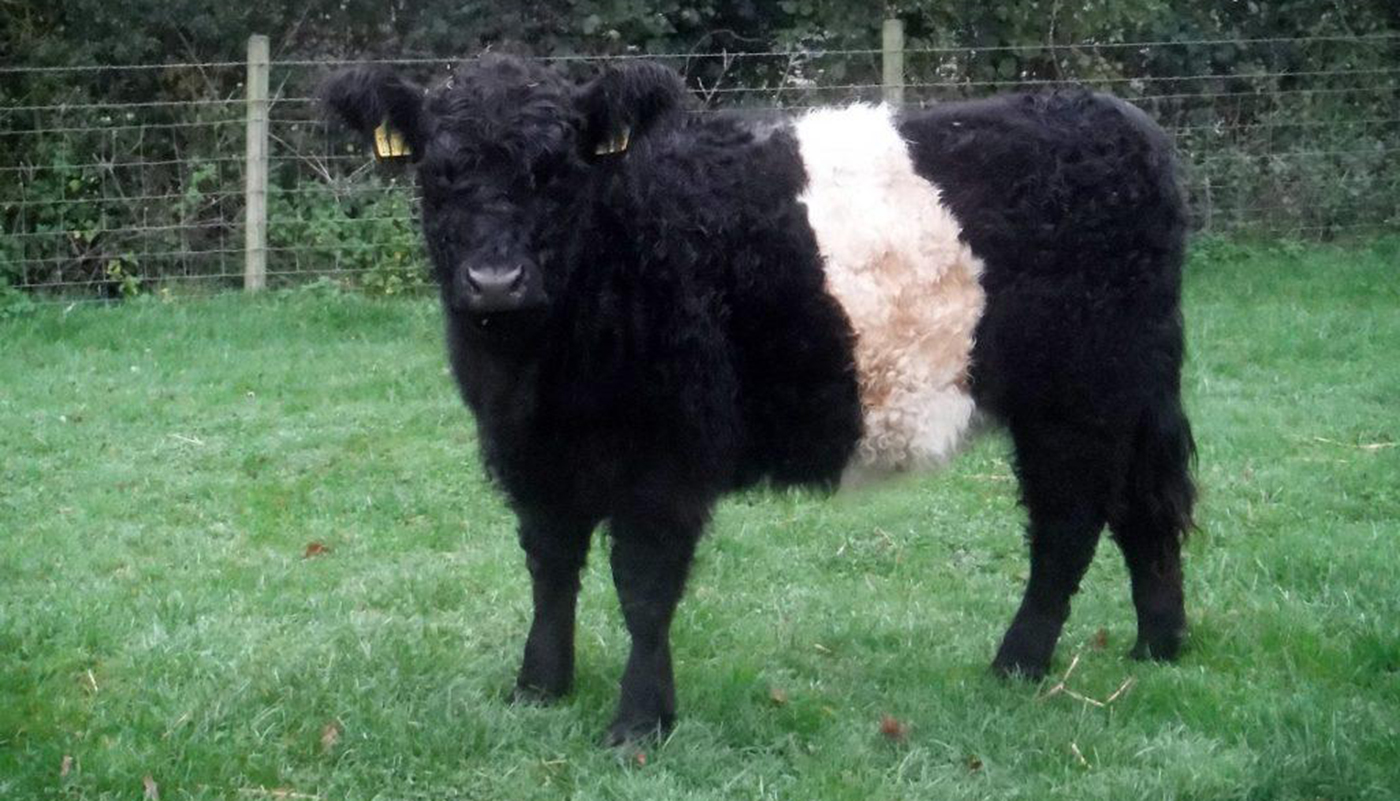 Belted Galloway Cattle Breed – Everything You Need to Know
Belted Galloway Cattle Breed – Everything You Need to Know Spanish Fighting Bull – Everything You Need to Know
Spanish Fighting Bull – Everything You Need to Know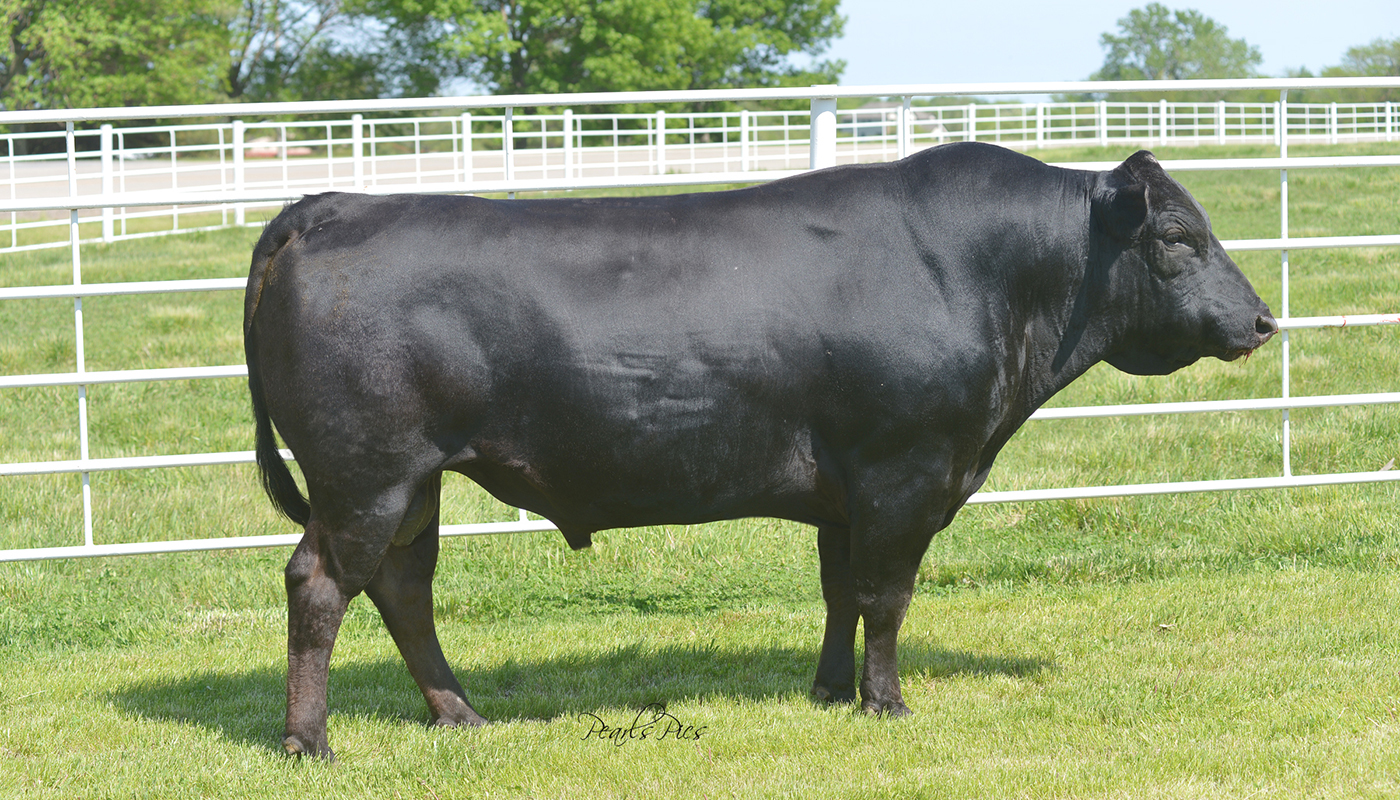 Wagyu Cattle Breed – Everything You Need to Know
Wagyu Cattle Breed – Everything You Need to Know Welsh Black Cattle Breed – Everything You Need to Know
Welsh Black Cattle Breed – Everything You Need to Know Hereford Cattle Breed – Everything You Need to Know
Hereford Cattle Breed – Everything You Need to Know